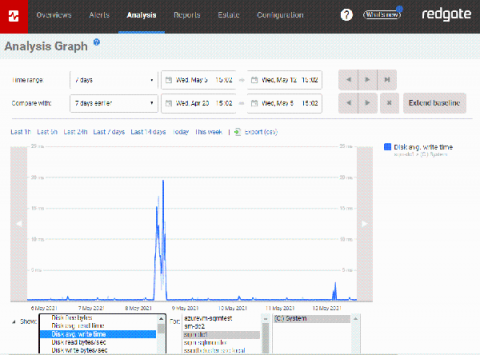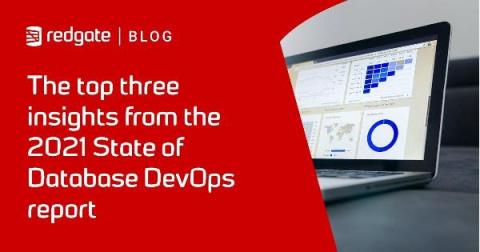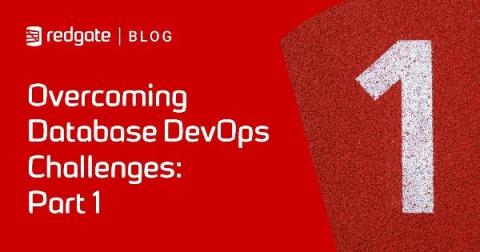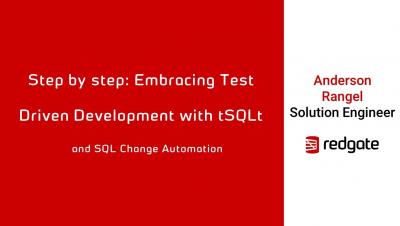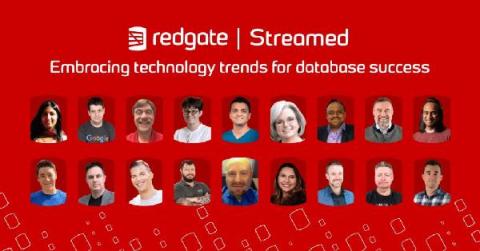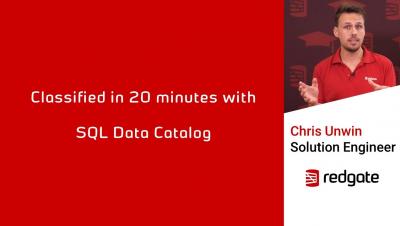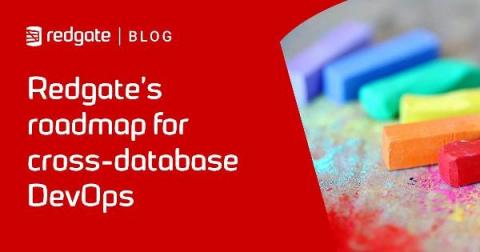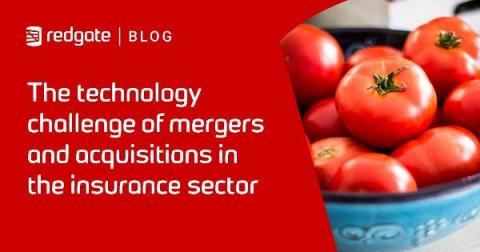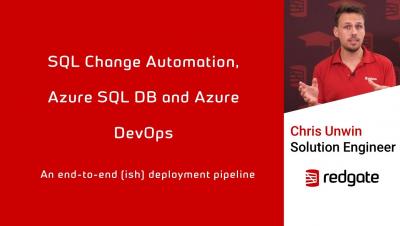The four best features to look out for in SQL Monitor
I’m a Data Architect and I’ve been working with data and databases for years at companies like LA Fitness, Dell and now Kingston Technology in Fountain Valley, California. Over all of that time, I’ve used SQL Monitor. I loved it from the beginning and the latest updates to the global overview dashboard and other features have stepped it up another few notches.


